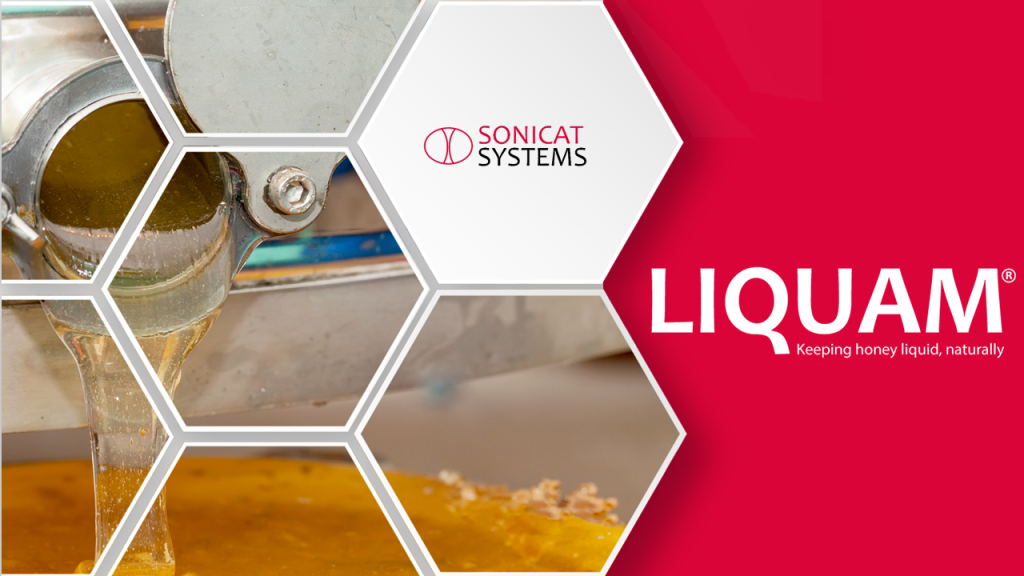
Honey processing is a key step in the honey production process and can affect the final quality immensely. One way that processing can affect the product is regarding the colour. Honey varies from a pale yellow to amber, to very dark brown, and occasionally even a reddish hue. Although origin and type of flowers come into play with the colour difference, temperature during processing is a big contributor.
Thermal processing is a common technique used by beekeepers, honey producers, and packers around the world, especially those that operate handling more than a few buckets of honey at a time. Similar to how the heating process can change the colour, heating also results in serious degradation to the beneficial substances and properties that compose honey.
So why does anyone use thermal heating?
Honey is occasionally sold as ‘ultra-raw’, from beekeepers who extract straight from the source and sell to a processor. However, this raw honey is not desirable to consumers as it would include potentially harmful debris and even bee particles! Thermal processing eliminates any microorganisms or unwanted particles, while delaying the crystallization process.
An alternative technique to thermal processing is using filtration methods to remove the debris. This method usually requires some heat to lower the thickness of honey so it can pass through a fine. However, even this method of processing removes a significant amount of the “good stuff” in honey.
LIQUAM was designed as a harmless and non-thermal processing technique.
Our technology uses acoustic sonication to break-down the unwanted particles and sugar micro-crystals that aid in the quick fermentation process, while keeping all the favourable properties of honey. Our mission is to spread the word on a global scale, create consumer awareness of honey’s beneficial attributes, and provide our clients with a quality distinction label to be included on their products.